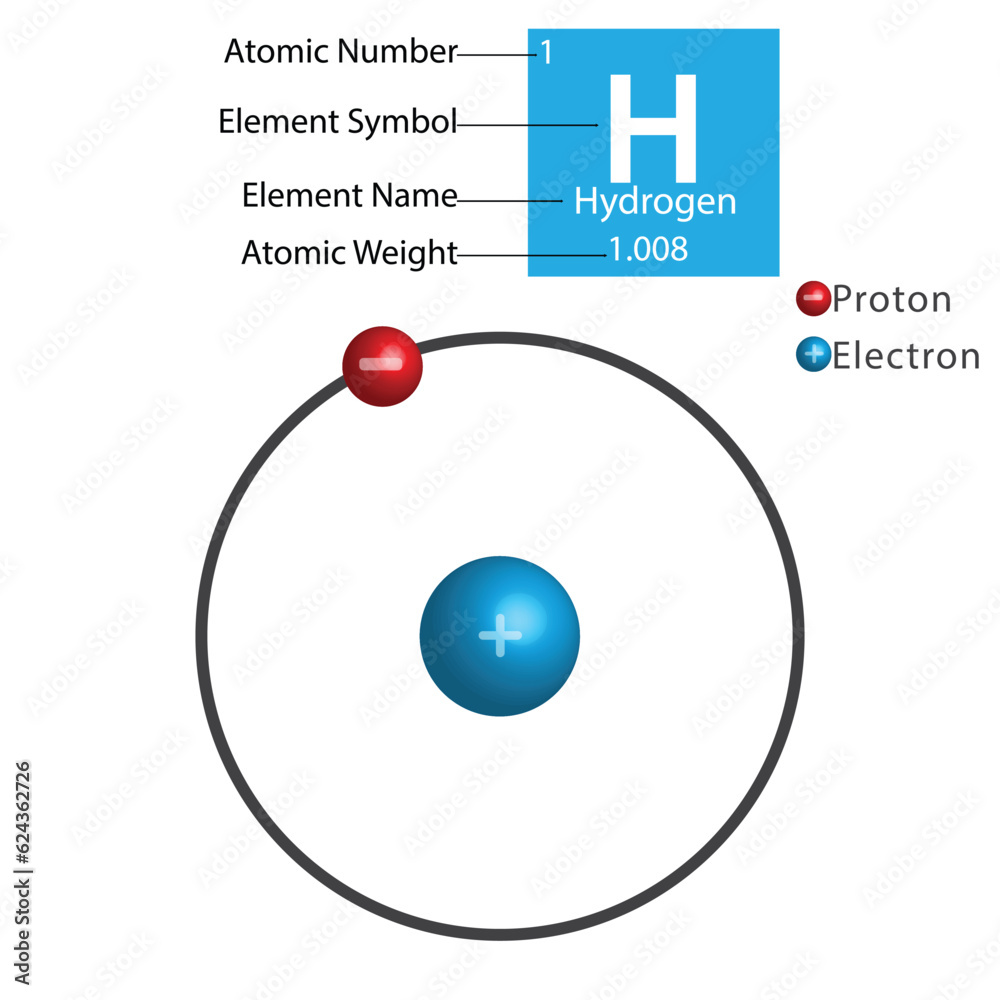Atomic hydrogen, characterized by its remarkably simple structure yet profound implications in both theoretical and applied physics, is a fascinating subject of study. But how is atomic hydrogen prepared? This seemingly straightforward question presents several layers of complexity, particularly when considering the methods and technology involved. The process of preparing atomic hydrogen is not only critical for experimental physics but also poses intriguing challenges that stimulate innovation. Here, we delve into the various methods employed to prepare atomic hydrogen, evaluating their advantages, limitations, and the underlying principles.
1. The Electron Impact Method
One of the more established techniques for generating atomic hydrogen is through the electron impact method. In this approach, molecular hydrogen (H2) is subjected to high-energy electrons, typically within a vacuum chamber. As the electrons collide with the H2 molecules, they can impart sufficient energy to disassociate the bonds, thereby creating two hydrogen atoms. This method showcases remarkable efficiency; however, it does not come without challenges. The energy of the bombarding electrons must be precisely controlled, as excessive energy can lead to secondary reactions, producing unwanted species that may contaminate the hydrogen. Moreover, maintaining a stable vacuum environment is essential to prevent the reformation of molecular hydrogen.
2. Thermal Disassociation Techniques
Another noteworthy technique is thermal disassociation, where H2 is heated to extremely high temperatures to facilitate disassociation into atomic hydrogen. The thermal energy supplied must reach a threshold known as the bond dissociation energy, approximately 436 kJ/mol, to effectively break the molecular bonds. This method allows for the generation of highly pure atomic hydrogen. Yet, it poses a technical challenge regarding the construction of materials that can withstand the high-temperature environments required for sustained operations. Furthermore, controlling the concentration of atomic versus molecular hydrogen becomes a balancing act; too high a temperature may lead to the formation of other reactive species.
3. Photodissociation
Photodissociation, which employs the power of light, introduces an elegant yet intricate method of generating atomic hydrogen. Ultraviolet light or lasers can be harnessed to promote the excitation of H2 molecules, subsequently causing them to dissociate into atomic hydrogen. This method offers the advantage of selective energy input, allowing for precision in controlling the reaction dynamics. The challenge, however, accrues from the need for highly focused light sources and the potential formation of ozone when UV light interacts with atmospheric oxygen. Thus, this method is often utilized in laboratory settings where conditions can be meticulously manipulated.
4. Catalytic Processes
In contrast to the aforementioned methods, catalytic processes involve the utilization of catalysts to promote the dissociation of molecular hydrogen. Certain metals, such as platinum and palladium, can facilitate this reaction at lower temperatures and pressures. By adsorbing H2 on the catalyst surface, these metals provide a conducive environment for molecular bond cleavage. While catalytic methods enhance efficiency and can work under milder conditions, they introduce a new set of complexities. The choice of catalyst must be carefully considered, as impurities can poison the catalyst, significantly reducing its efficacy. Moreover, the technology surrounding catalyst recovery and recycling remains a pertinent issue for sustaining industrial applications.
5. Benefits and Applications of Atomic Hydrogen
So why is the preparation of atomic hydrogen so significant? Atomic hydrogen plays a pivotal role in various applications, ranging from laser technology to semiconductor manufacturing. Its ability to participate in recombination reactions underlies many chemical processes critical in fields such as materials science and astrochemistry. In the realm of laser technologies, atomic hydrogen serves as a medium for generating high-energy photons, enabling advancements in precision measurement and communication technologies.
However, engaging with atomic hydrogen is not without its quandaries. Safety concerns loom large due to the highly reactive nature of atomic hydrogen, which can combine explosively with oxygen, yielding water. This inherent instability necessitates stringent safety protocols in any facility engaged in the preparation and handling of atomic hydrogen. Furthermore, researchers must contend with the challenge of efficiently utilizing atomic hydrogen in industrial processes while minimizing its volatile characteristics.
6. A Playful Inquiry
In pondering the preparation of atomic hydrogen, one might playfully ask: “Is it truly possible to harness this elemental simplicity without getting burned?” This rhetorical question encapsulates the essence of both the allure and the pitfalls of working with atomic hydrogen. Indeed, the inherent challenges of preparation techniques require innovative approaches and careful consideration of safety measures. As scientists push the boundaries of our understanding, they also explore novel procedures possibly transforming the landscape of atomic hydrogen production.
7. Conclusion
In conclusion, the preparation of atomic hydrogen is a complex interplay of physics and chemistry, incorporating various methodologies, each with its unique set of advantages and challenges. From electron impact to catalytic processes, these techniques reflect the intricate dance between innovation and precaution. As we delve deeper into the atomic world, the ongoing exploration of atomic hydrogen holds promise not only for scientific inquiry but also for practical applications that touch modern technology in myriad ways. The journey of mastering atomic hydrogen preparation remains an unfolding story, inviting further research and inventive solutions.












